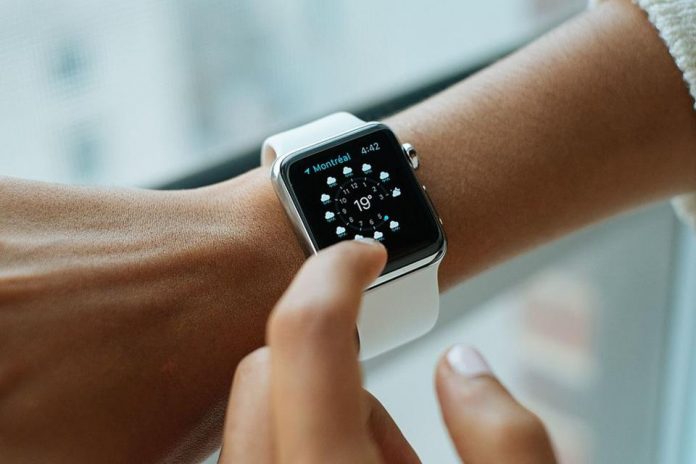The Apple watch detecting heart abnormalities
A simple wrist device detecting heart arrhythmias? This seemed too simplistic to be possible.
But a new study, just published in the New England Journal of Medicine, lays out some pretty compelling evidence that the Apple watch can do just that.
Atrial fibrillation (or atrial flutter) is a type of irregular heartbeat that is the most common cardiac arrhythmia in the U.S., affecting some 6 million people a year. The NEJM article estimates that the lifetime risk for “a-fib” might be as high as 1 in 3. Atrial fibrillation isn’t necessarily a problem on its own, but it can greatly increase the risk of strokes. Many people have episodes of a-fib without even being aware of them, which is why a simple, convenient way of detecting them could be medically valuable.
Also Read: Two scientists developing a smart toilet capable of detecting if you are sick
How does it work? Well, the back of the watch contains several sensors that detect light (photodiodes), along with green and infrared LEDs that emit light. As Apple’s website explains, “By flashing its LED lights hundreds of times per second, Apple Watch can calculate the number of times the heart beats each minute.”
This works because your skin is partially transparent: as everyone knows, you can see some of your blood vessels underneath your skin. In addition to measuring blood flow, the watch can also measure electrical signals using electrodes on the back of the watch and on a small dial on the side of the watch, called the Digital Crown. Here’s how Apple explains this: “When you place your finger on the Digital Crown, it creates a closed circuit between your heart and both arms, capturing the electrical impulses across your chest.”
The study was conducted on 417297 subjects and they were monitored for 4 months. During the course of the study, 2,161 subjects had at least one report of an irregular pulse, about 0.5% of the total. Each of these subjects was then sent an electrocardiogram (ECG) patch, which they were supposed to wear for several days to determine if they really were having arrhythmias.

Do you have any news or article you would like us to publish? Kindly reach us via outreach@t4d.co.ke or howtodoafrica@gmail.com.























